In general, you can't use an FFT alone to find the period of a periodic signal. That's because an FFT does sinusoidal basis decomposition (or basis transform), and lots of non-sinusoidal waveforms (signals that look absolutely nothing like a sinewave or single sinusoidal basis vector) can be repeated to form a periodic function, waveform, or signal. Thus, it's quite possible for the frequency of a periodic function or waveform to not show up at all in an FFT result (it's called the missing fundamental problem).
Only in the case of a close or near sinusoidal signal will an FFT reliably report the reciprocal of the period of that periodic function.
There are lots of pitch detection/estimation algorithms. You can use an FFT as a sub-component of some composite methods, including cepstrums or cepstral analysis, and Harmonic Product Spectrum pitch detection methods.
